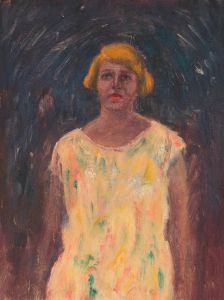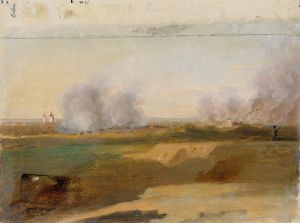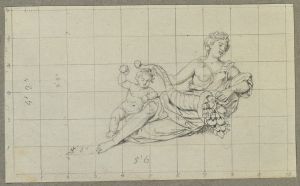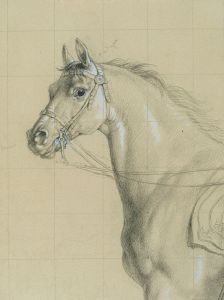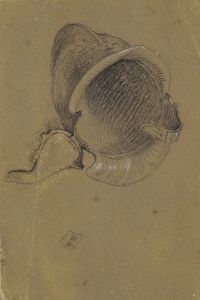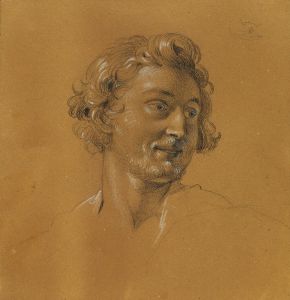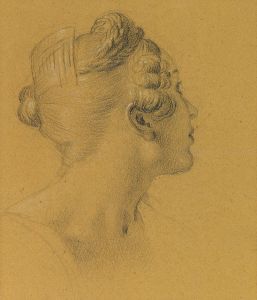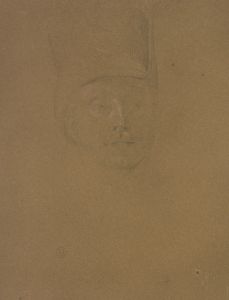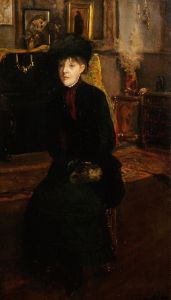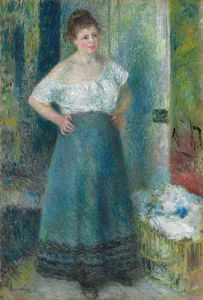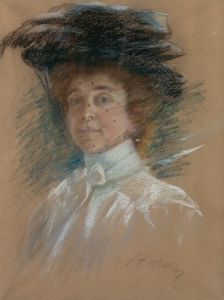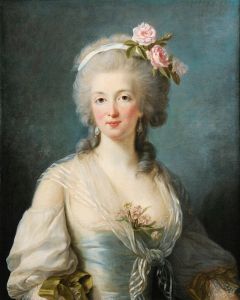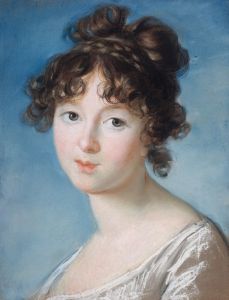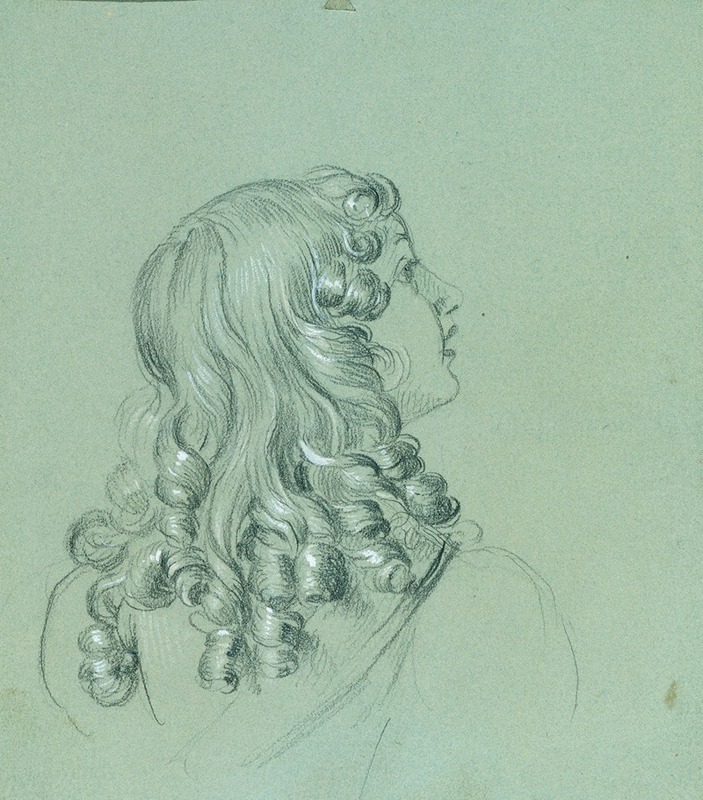
Weibliche Studie zum ‘Einzug nach dem Pariser Frieden’
A hand-painted replica of Johann Peter Krafft’s masterpiece Weibliche Studie zum ‘Einzug nach dem Pariser Frieden’, meticulously crafted by professional artists to capture the true essence of the original. Each piece is created with museum-quality canvas and rare mineral pigments, carefully painted by experienced artists with delicate brushstrokes and rich, layered colors to perfectly recreate the texture of the original artwork. Unlike machine-printed reproductions, this hand-painted version brings the painting to life, infused with the artist’s emotions and skill in every stroke. Whether for personal collection or home decoration, it instantly elevates the artistic atmosphere of any space.
Johann Peter Krafft was an Austrian painter known for his historical and genre paintings. One of his notable works is "Weibliche Studie zum ‘Einzug nach dem Pariser Frieden’," which translates to "Female Study for ‘Entry after the Peace of Paris’." This piece is a preparatory study for a larger historical painting that commemorates a significant event in European history.
Krafft was born in 1780 in Hanau, Germany, and later moved to Vienna, where he became a prominent figure in the art scene. He studied at the Academy of Fine Arts in Vienna and was influenced by the Neoclassical style, which is evident in his attention to detail and the idealized forms in his works. His career was marked by his ability to capture historical events with a sense of drama and realism, making him a sought-after artist for official commissions.
The "Entry after the Peace of Paris" refers to the celebratory return of troops following the signing of the Treaty of Paris in 1814, which marked the end of the Napoleonic Wars. This treaty restored peace to Europe after years of conflict and led to the reestablishment of the Bourbon monarchy in France. Krafft's larger work aimed to capture the jubilation and relief that accompanied this momentous occasion.
The "Weibliche Studie" or "Female Study" is a preparatory work that showcases Krafft's process in developing the final composition. Such studies were common practice among artists of the time, allowing them to experiment with poses, expressions, and compositions before committing to the final piece. This particular study focuses on the depiction of a female figure, which would have been part of the larger crowd scene in the completed painting.
Krafft's attention to detail and his ability to convey emotion through his subjects are evident in this study. The figure is likely portrayed in a celebratory or contemplative pose, reflecting the overall theme of peace and restoration. The study would have been executed in a medium such as pencil, chalk, or oil, allowing Krafft to explore different textures and lighting effects.
While the final painting "Einzug nach dem Pariser Frieden" would have included multiple figures and a complex composition, the "Weibliche Studie" provides insight into Krafft's artistic process and his focus on individual elements that contribute to the overall narrative. Such studies are valuable for understanding the artist's approach and the historical context of the period.
Johann Peter Krafft's works, including his studies, are significant for their historical accuracy and artistic merit. They offer a glimpse into the past, capturing the essence of an era marked by political upheaval and eventual peace. His contributions to art extend beyond his paintings, as he also served as a professor and director at the Academy of Fine Arts in Vienna, influencing future generations of artists.
In summary, "Weibliche Studie zum ‘Einzug nach dem Pariser Frieden’" is a preparatory study by Johann Peter Krafft for a larger historical painting. It reflects the artist's meticulous approach to capturing historical events and his skill in portraying human emotion and form. This study, like many of Krafft's works, serves as a testament to his role in documenting and interpreting significant moments in European history through art.





